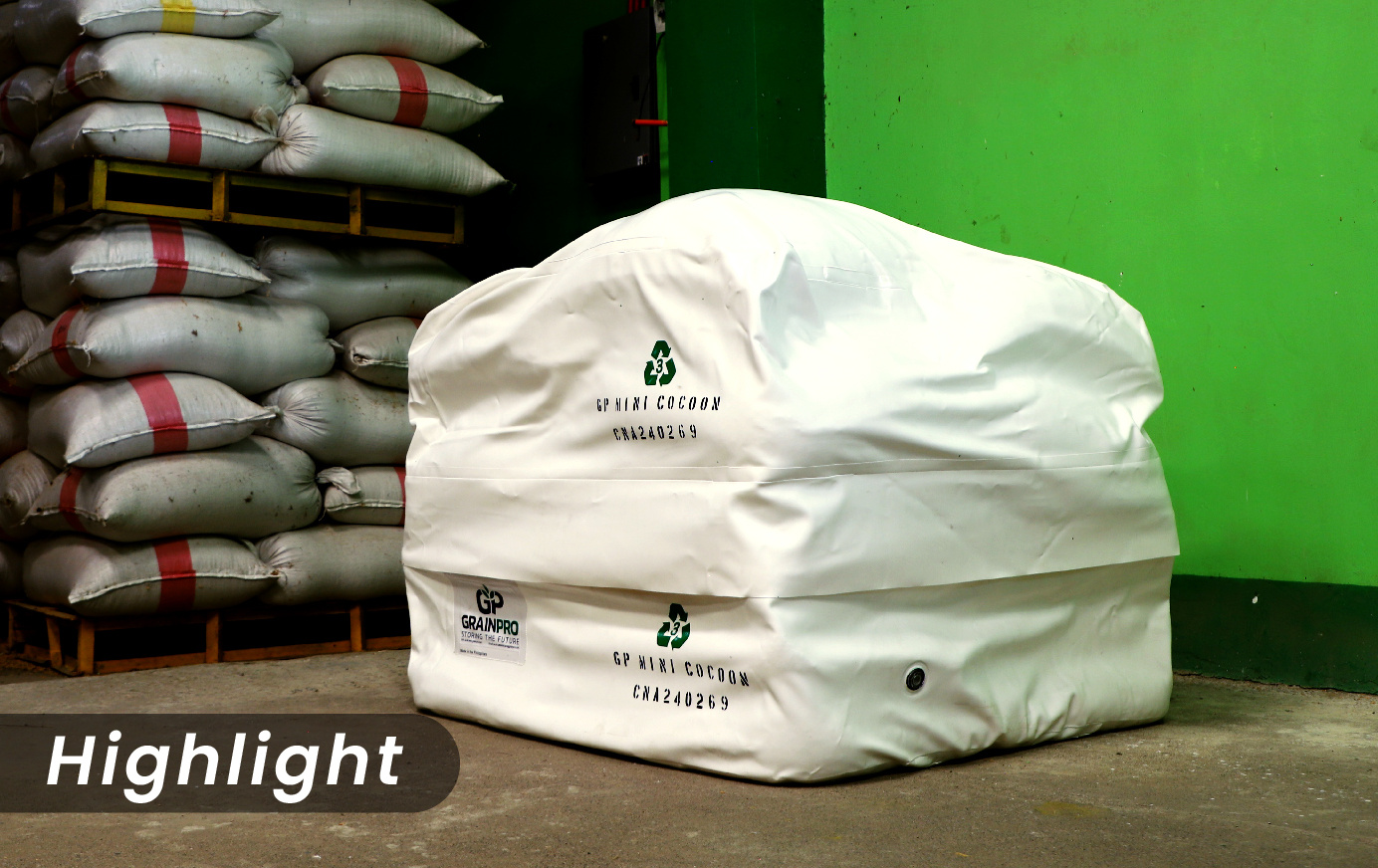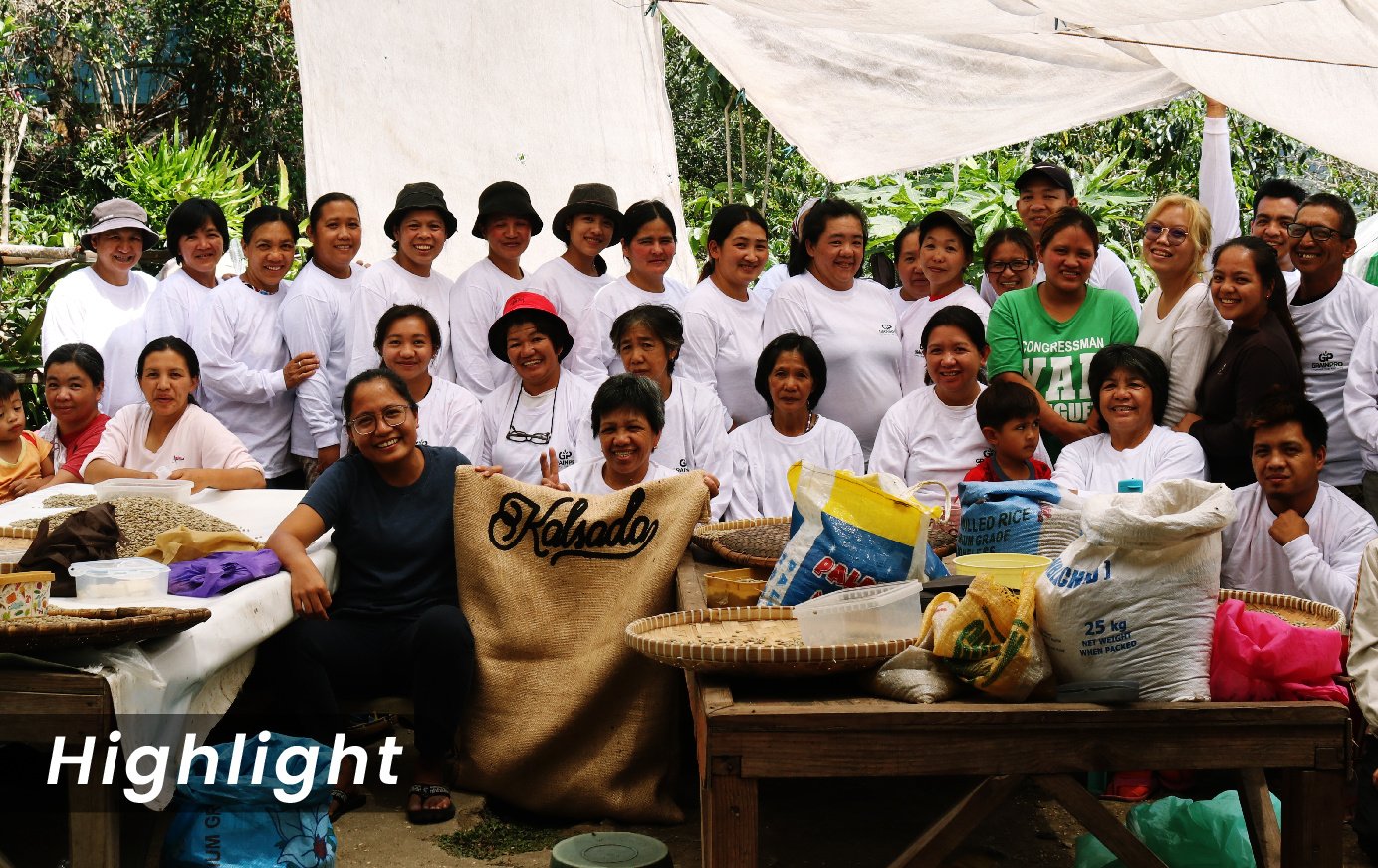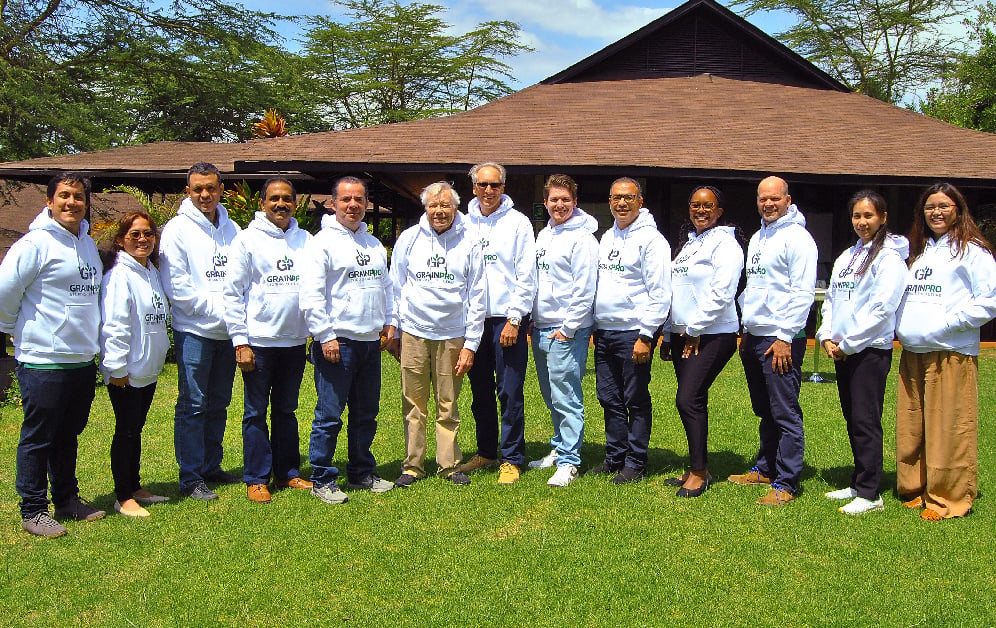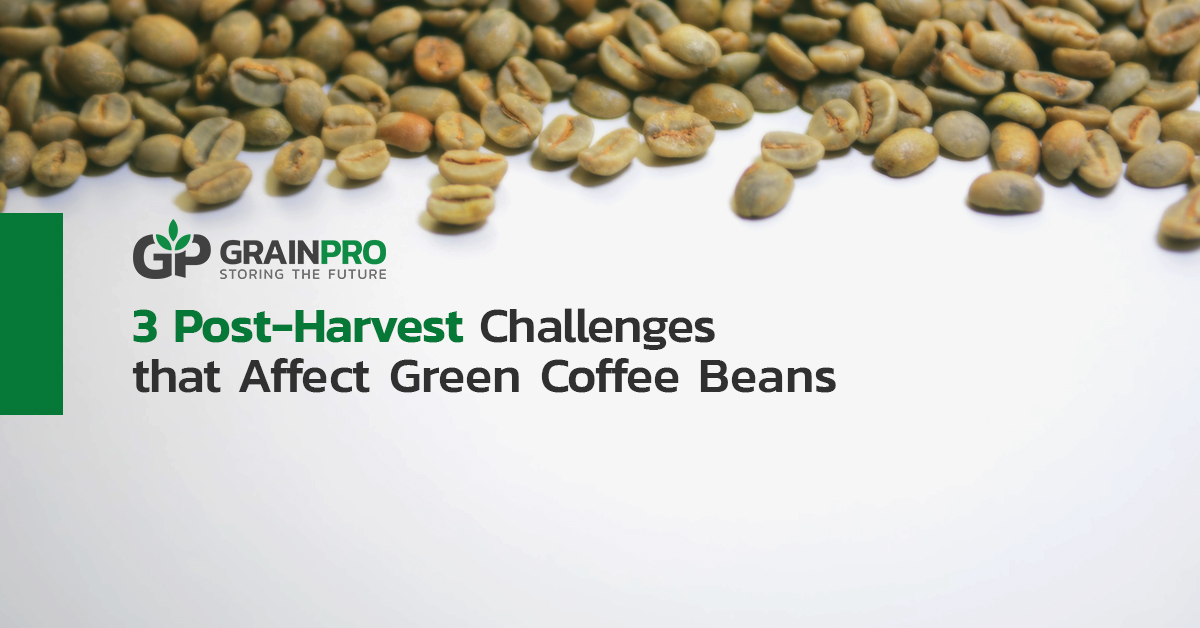Keeping the irresistible taste and aroma of coffee intact—from farm to cup—is challenging to say the least. Before green coffee beans reach the roasters, there are multiple factors that can cause them harm or damage. Problematic factors tend to have significant effects during the processes within the post-harvest stage. In this article, let’s take a look at some of these hurdles to preserving coffee quality and learn how to overcome them.
1. Unpredictable weather
There are two types of green coffee bean processing after harvest: the dry method, and the wet method. For the first approach, as the name implies, the coffee beans are dried immediately after harvest until the moisture content is at about 10.5 to 12%. The wet method process, meanwhile, involves removing the fruit that covers the seeds before finally sending them for drying. While the first step varies for different methods, all green coffee beans undergo drying, which is a critical stage that will determine the quality of coffee. Ensuring that the drying process is done correctly also reduces the chance of problems to be encountered afterwards, and maintains the coffee beans’ quality.
In this drying stage, however, there is a big roadblock: the ever-changing and unpredictable weather. Maintaining the necessary moisture content of the coffee beans is essential to retaining its quality. During the cold season, for instance, it takes long periods of time for coffee beans to dry, which makes them more susceptible to reabsorb moisture. This reabsorbed moisture, in turn, encourages mold growth which can also lead to fungal contamination and losses.
During the dry season, the challenge comes in the form of intermittent rain which often leaves handlers unprepared, as these cause the rewetting of the coffee beans. Rewetting, not only results in the dreaded mold growth, but it also results in the dissolution of soluble compounds in the seeds, which drastically affects the quality and valuable characteristics of the coffee, especially its flavor and aroma.
To solve this problem, farmers or handlers can use advanced drying facilities instead of manual sun drying. These drying facilities can ensure that their commodities are safe and secured, in spite of the unpredictability of weather conditions.
2. Poor storage conditions
Apart from the unpredictability of weather during the drying process, storage is also a challenge, especially for smallholder farmers. Typically, smallholder farmers store green coffee beans in jute sacks or polypropylene (PP) sacks as these are more affordable storage items. An added side benefit is that jute sacks are also organic, which makes them environment-friendly.
Although jute and PP bags have been trusted by farmers for decades, they do not guarantee commodity protection from all the factors that can cause damage or loss. These bags are still vulnerable to insect infestation, more so in the case of the organic jute sacs. These bags can also leave the commodities vulnerable to the changes in moisture, as some are permeable to water vapor and gases in ambient air. Since jute bags and PP sacks are not hermetic or air-tight, they can allow moisture into coffee, particularly when these are stored in humid environments such as warehouses. The result then, is that these sacks can attract fungal contaminants.
Fortunately, farmers and handlers can easily solve this problem by turning to jute bags with hermetically-sealed liners or hermetic bags that are air-and-moisture tight. These types of storage are more reliable when it comes to protecting the precious green coffee beans from insect infestation, changes in moisture, and ultimately, damage and loss.
3. Problems during transport or shipment
The coffee beans’ challenging journey does not end in storage. There too, is the challenge of shipping these beans all over the world. According to the Food and Agriculture Organization (FAO) of the United Nations (UN), coffee is the most widely traded tropical product, with up to 25 million farming households globally accounting for 80 percent of world output. Most of the coffee production takes place within the Southern hemisphere, while consumption occurs mostly within the Northern hemisphere. . More than 50 developing countries grow and export these coffee beans to major consumers such as the United States of America, Europe, and Japan.
Normally, the transportation of coffee beans is by sea. Since sea transportation can take longer periods of time, this exposes the beans to two challenges that can affect the flavor and aroma: reabsorption of moisture and condensation. The first one occurs when beans are exposed to warm and humid conditions during transport. Condensation, meanwhile, happens as the container of coffee beans moves from warm to cooler climates.
To maintain the right moisture content of coffee beans, it is recommended that handlers also use air-and-moisture tight or hermetic bags. Using transport solutions such as the TranSafeliner, which is a hermetic liner designed for shipping containers, is also recommended. This hermetic liner provides a controlled environment for valuable commodities like coffee beans. This will ensure the quality of coffee beans as it moves from any climate.
To learn more about hermetic solutions that can protect green coffee, click below.
Date Published: February 26, 2019





